Monohull Vs Multihull
One of the most interesting debates in the yachting world is the Monohull vs Multihull, which one to choose in terms of performance, stability, comfort, costs, speed, and other considerations depending on the usage you have for it. This also applies when you are chartering and you have no idea which boat to choose; in this case, it would be more about comfort and safety.
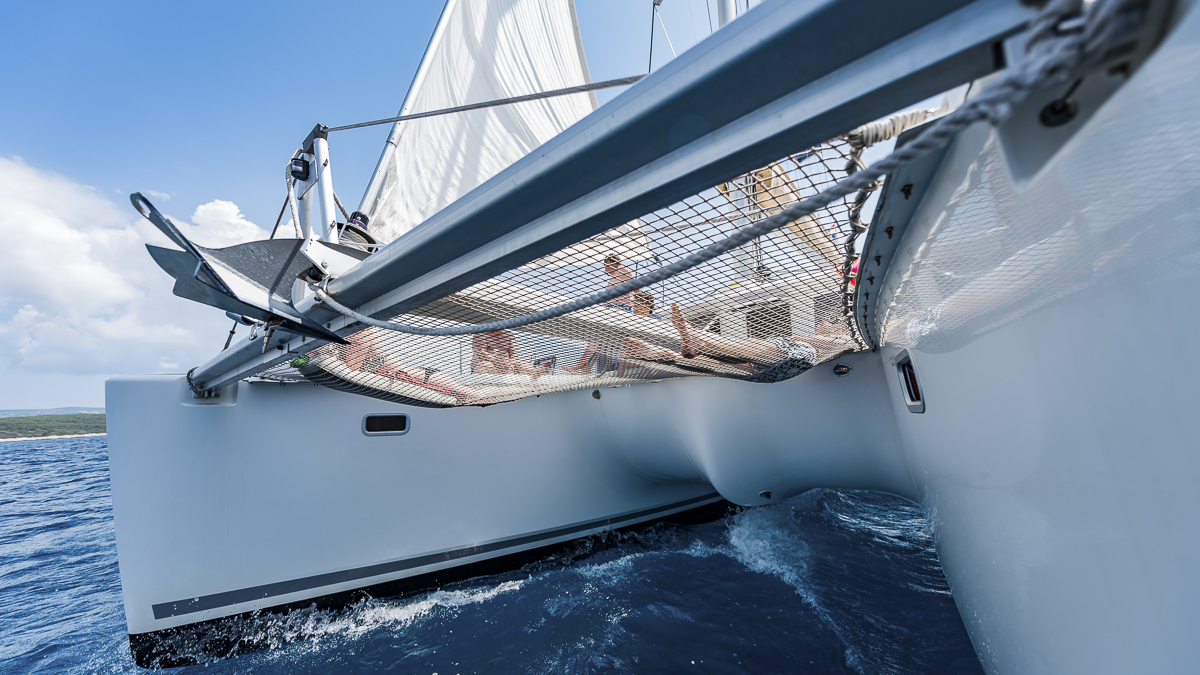
A catamaran at first glance will undoubtedly be considered much better than a monohull yacht, as it is more spacious, stable, and faster. Monohulls, on the other hand, have better maneuverability, lower costs, and better upwind sailing ability. Both are great for sailing, and it all comes down to personal choice at the end. The main differences pointed out here apply for long voyages, though the stability and wider deck is a big consideration for charter customers, despite the more expensive rate of a double hulled yacht.
Multihull Advantages
Buoyancy: catamarans have, just as you guessed, natural buoyancy, making them almost unsinkable. Most are built with plenty of reserve buoyancy due to crannies, nooks, and closed cell foam. Under a extreme circumstance where a catamaran might sink, it will float in the water, as opposed to going down to the bottom of the ocean as a monohull does.
Flat Decks: having a flat, much wider deck is a great advantage that makes it safer to walk on a multihull such as the catamaran. It also allows for less pitching, keeping the boat level and the passengers aboard.
Speed: due to the less resistance of the double hull, these vessels are faster than its monohull counterparts, which means it will get you out of bad weather faster. This really does not apply to short coastal charters as the ones we offer in Puerto Plata, where the speed is not an issue. Most charters will want a slower ride to to enjoy the surrounding scenery of the North Dominican Republic.
Stability: this is the very first thing that comes to mind – having 2 parallel hulls make it, visually, more stable, and yes, it is true. This parallel line up makes it far better in preventing heeling and capsizing, also lowering the changes of rolling when going fast. For charter tours, this means a better, smoother ride for passengers with far less seasickness.
Having 2 engines at each end improves on maneuverability, specially on tight spots, not needing a bow thruster. Also, if one engine develops an issue, the second one will be the perfect back up to take you back home. Another aspect worth mentioning is the shallow draft, that allows catamarans to get real close to the shore where other monohulls would not.
Spaciousness and load distribution: catamarans are by far more spacious on deck and interior as they combine two hulls and a bridge, making them a better choice also for charter businesses and families with kids. Catamarans with flatter profile ( no flybridge) will add even more space on deck to enjoy the outdoors. The rectangular shape of a cat provides more freedom to passengers to move around, as opposed to a monohull.
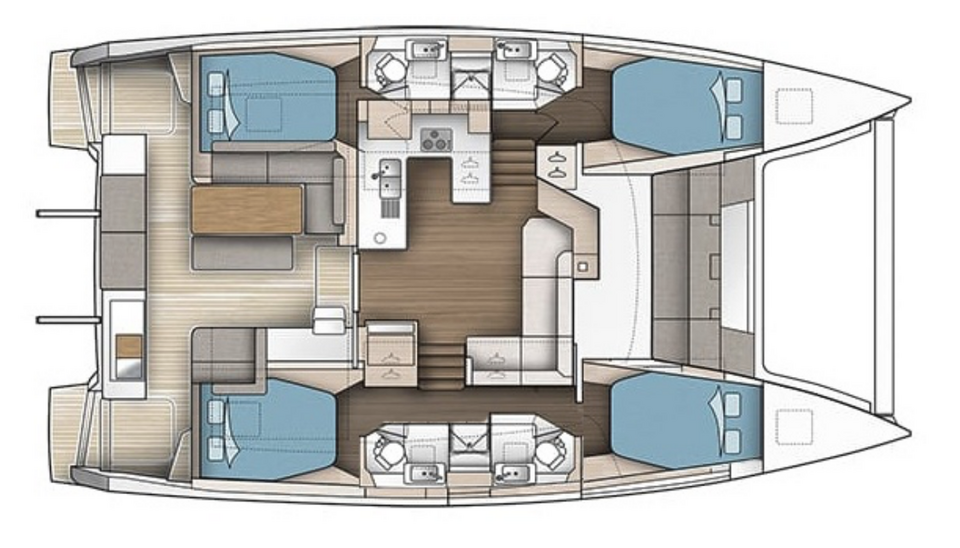
Docking, Anchorage & Maintenance: Having no ballast or large keel makes the catamaran lighter, and this reason allows it to explore shallow waters where a monohull would not be able to go; lighter also means faster. However, the wider size of a cat also makes it more difficult when docking in a marina, as the not every slip can fit it. When this happens the skipper should anchor it and make it to shore in a dinghy. Maintenance is another thing, having two hulls means more expensive haul out fees, and having two engines have a higher maintenance cost.
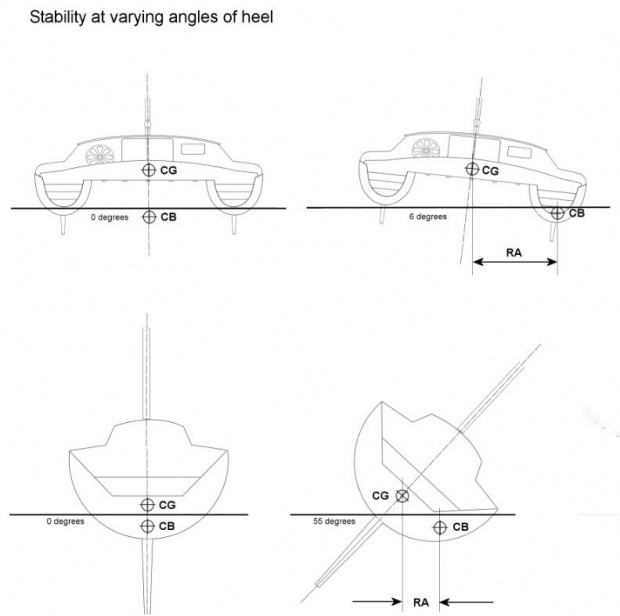
Monohull Advantages
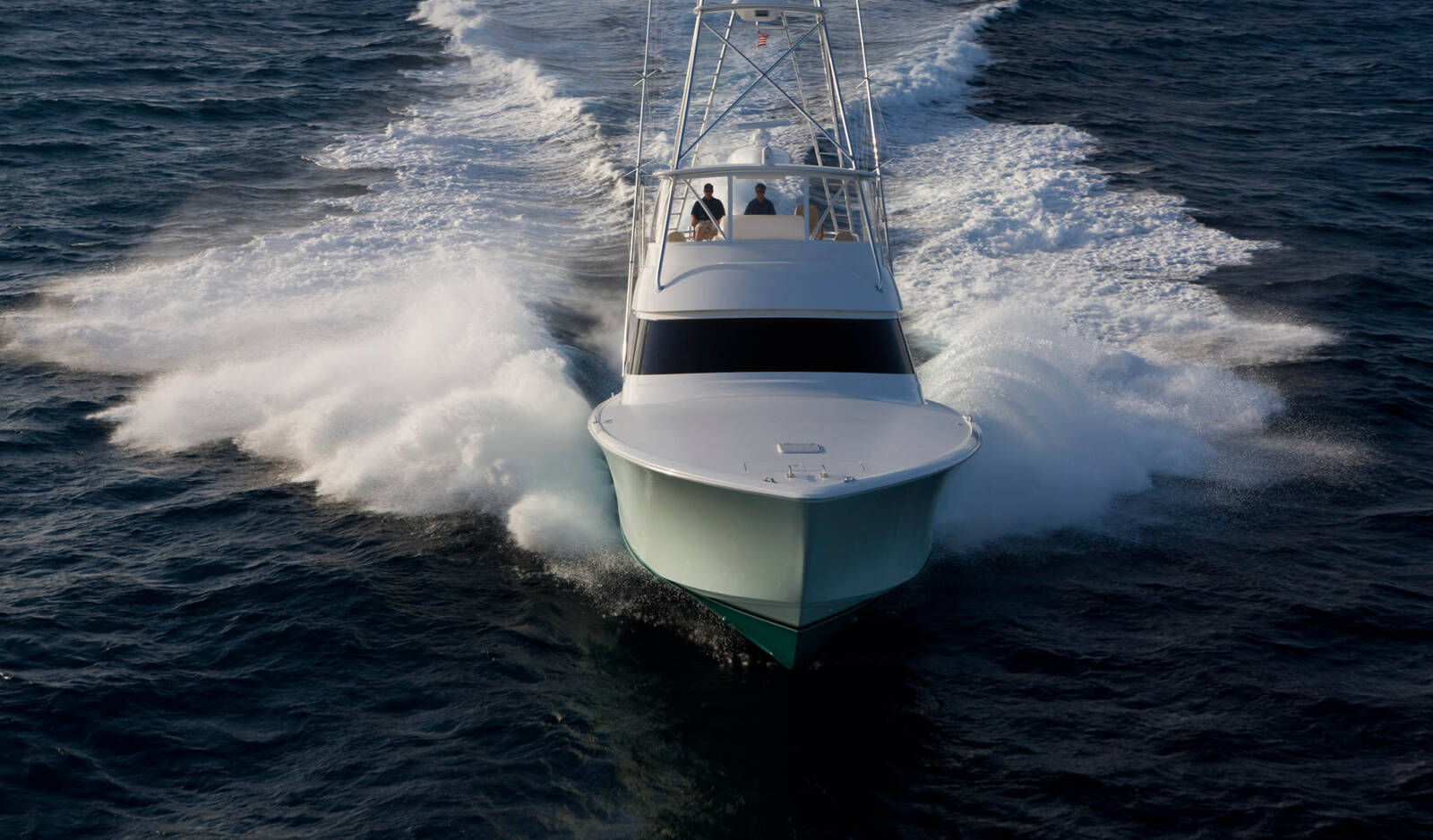
Monohulls also have their advantages, and the first one is related to safety and its ability to self righting capabilities. A cat will rarely have such conditions, as sailors avoid storms at all costs; nowadays would be motoring instead of sailing. No doubt, a mono hull is much better when sailing upwind.
Stability: in a monohull can be considered its main flaw, except for purists; Because of its design, it is 4 times more likely to capsize than a double hulled yacht. The single beam design creates more heeling, and yes, seasickness to those not used to it. Of course, if the ocean is calm this does not affect most charter tours.
Maneuverability: is easier in this type of yachts because one hull can make a sharp turn in a smaller area. Getting it to the marina slip is easier as well, and cheaper. Not to mention hauling, docking and maintenance costs. Cross winds are also easier to handle in a monohull because of its design characteristics.
Space: monohulls look attractive, and pack everything inside. Compared to a catamaran, they are smaller of course; Deck space is more limited in a monohull yacht, as its design is narrower. This also makes load distribution critical to avoid capsizing. Crew and passengers should always avoid being all on one side of the boat.
Fuel Efficiency: Monohulls have more drag than cats, so fuel efficiency is better in a cat. A single hull has more resistance, which also makes it slower. Of course if you use the sails then you can save on a lot of fuel costs.
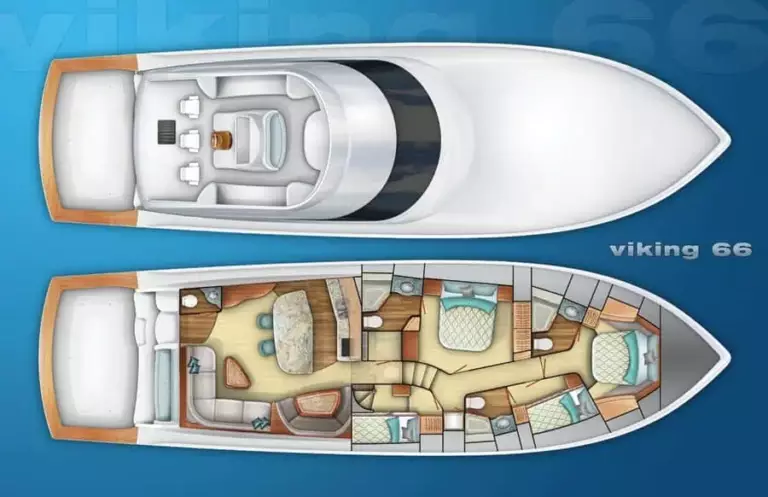
Trimaran
What about a Trimaran? this is a third choice that has 3 hulls. Since a trimaran has three hulls: two overhanging hulls and one main hull, they are thought to be unsinkable. Even in the most brutal storms, they do not capsize, and even if they do, they manage to stay afloat.
Among some of the cruising, habitable trimarans, we have the Neel Trimaran, Swing Wing system in The DragonFly, which has a comfortable interior, or the Rapido Trimaran, created in Vietnam by the Morrelli & Melvin designer firm.
SOURCES:
